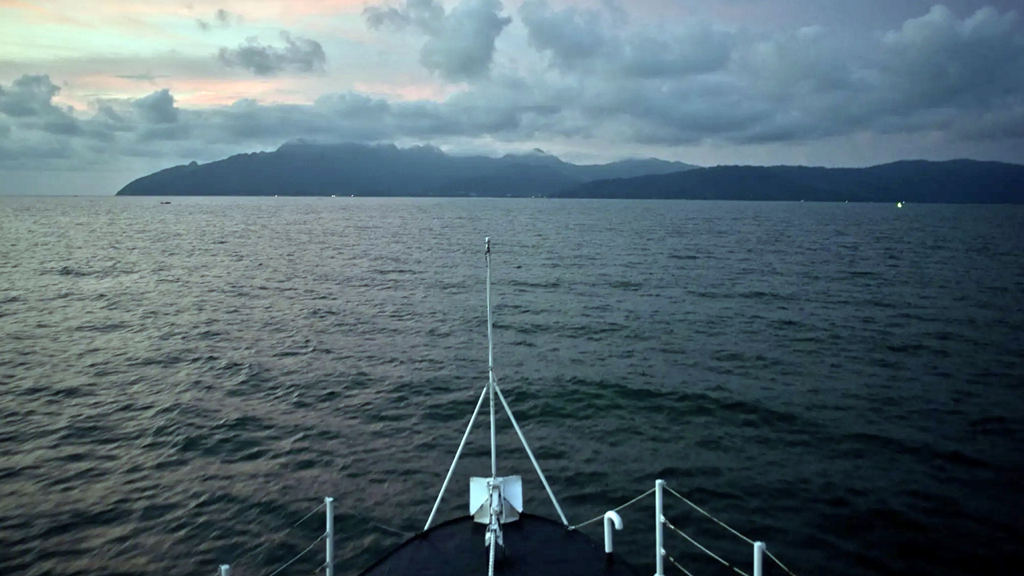Half of Myanmar’s Rohingya minority has fled the country
- 30/09/2017
- 0
By Sarah Wildman, VOX
World leader are speaking out about the crisis. 500,000 Rohingya have arrived in Bangladesh since August 25.
The humanitarian crisis in Myanmar had long gotten no attention from the world community. That’s changing, and quickly, as the scope of the disaster comes into clearer focus.
The latest evidence came Thursday, when the United Nations reported that some 500,000Rohingya ethnic Muslims had fled Myanmar’s Rakhine state since August 25. They’re trying to escape a campaign of indiscriminate violence at the hands of the Myanmarese military. Even Myanmar authorities themselves now say that 176 of 471 Rohingya villages are empty.
In recent weeks, the enormity of the catastrophe has prompted France, the United States, and the UN itself to make their strongest statements yet condemning what has widely been called ethnic cleansing of the Rohingya Muslims at the hands of the Myanmarese Buddhist military.
“The situation has spiraled into the world’s fastest-developing refugee emergency and a humanitarian and human rights nightmare,” UN Secretary General António Guterres said Thursday at a session of the UN Security Council focused on the crisis. “We have received bone-chilling accounts from those who fled — mainly women, children, and the elderly.”
He demanded the violence end immediately — and that the Rohingya be allowed to return to Myanmar.
The Trump administration, which has been criticized for its willingness to look the other way at human rights abuses around the world, was equally blunt in condemning Myanmar’s government for its role in spurring the carnage.
“We cannot be afraid to call the actions of the Burmese authorities what they appear to be — a brutal, sustained campaign to cleanse the country of an ethnic minority,” Nikki Haley, the US ambassador to the UN, told the Security Council.
That brutal, sustained campaign seems to be working. On Thursday, up to 63 Rohingya refugees — many of them women and children — appear to have drowned when their boat capsized en route to Bangladesh. Only 23 bodies were recovered.
And the one woman the world had hoped might step in as a symbol — Nobel Peace Prize winner Aung San Suu Kyi, widely seen as her country’s Nelson Mandela — has failed to stop the violence or even seriously condemn it. When she finally spoke up on September 19, Suu Kyi seemed to minimize the scope of the bloodshed.
“We are a young and fragile country facing many problems, but we have to cope with them all, she said, speaking in her country’s capital city. “We cannot just concentrate on the few.”
The following day, on September 20, French President Emmanuel Macron called the violence against the Rohingya a “genocide.”
But here’s the rub: Though the condemnations are getting stronger, the world’s responses aren’t. Haley, notably, hinted at the prospect of new sanctions against the government of Myanmar but didn’t propose any. The human rights group Amnesty International pleaded this week for the UN to go further — and impose an arms embargo on Myanmar.
The Rohingya have suffered for years, but this is the worst it’s ever been
The violence against the Rohingya seems medieval in its brutality.
Entire villages have been burned to the ground. Women have been raped. Rohingya refugees report that soldiers shot at them as they fled. Along the border with Bangladesh, there are reports that the military has laid land mines to ensure those fleeing won’t return. And independent observers have no access to the region.
“We are hearing really horrendous stories of people who have survived by the skin of their teeth,” Paolo Lubrano, an Oxfam worker in Cox’s Bazar, a town on the Myanmar-Bangladesh border, told me by Skype two weeks ago.
Lubrano described “dire violence” and an enormous number of very young, and very traumatized, Rohingya refugees. Among those fleeing Myanmar, he added, are many pregnant women who have been walking for three, four, or even five days to find safety.
The violence that today’s Rohingya are fleeing began on August 25 when a handful of radicalized Rohingya attacked and killed 12 Myanmarese border police. The crackdown on the Rohingya that ensued has engulfed the entire ethnic group.
This is the third such wave of brutal violence in the past five years. The first was in 2012, when tens of thousands of Rohingya were forced into internal displacement camps and stories began to emerge of horrific violence against men, women, and children. The second was in 2016, when an attack on border guards by a small group of insurgents resulted in a military action against the entire people; some 74,000 fled for Bangladesh, carrying with them stories of rape and carnage, death and destruction.
And that was already after the US Holocaust Memorial Museum’s Simon-Skjodt Center for the Prevention of Genocide sent a fact-finding mission to the region in 2015. They came back worried the groundwork was being laid for genocide.
None of this is new. The 1 million Rohingya of Myanmar have faced discrimination for generations. They have been denied citizenship since the passage of Burma’s 1982 citizenship law — and have since been considered a stateless people. The UN secretary general noted this in his speech yesterday, adding that the “Muslims of Rakhine state should be granted nationality.”
The prospect of that happening seems more remote than ever. And in the meantime, the refugees languish in Bangladesh, desperate for food and shelter — and for the world to do more than merely condemn the government that drove them from their homes.






